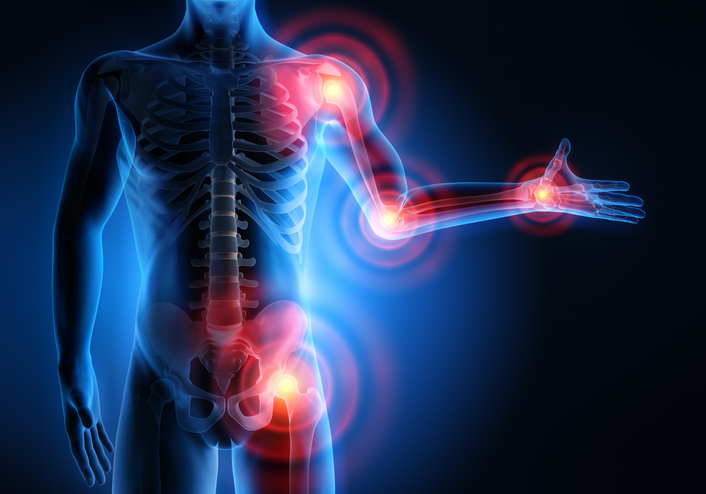
A new study found a significant association between exposure to metals—found in fish—and juvenile idiopathic arthritis (JIA).
“The starting point of autoimmunity which leads to JIA and Rheumatoid Arthritis (RA) is still unknown. These autoimmune diseases are severe, even disabling, and incurable,” the study authors reported in Pediatric Rheumatology. “Therefore, it is important to try to prevent their development, both for the patients themselves and for society.”
The prospective cohort study was part of the All Babies in Southeast Sweden-project (ABIS); 17,055 families agreed to participate. Biological samples were taken at birth and again at ages 1, 2.5, 5, 8, 10–12, and 13–16 years; questionnaires were also completed providing lifestyle and environmental data, and a diary was kept pertaining to nutrition and infection data. A total of 10,883 families completed the one-year questionnaires, and 9,849 diaries were available for review.
The ABIS data were connected with The Swedish National Patient Register through a unique 10-digit PIN all Swedish residents have. Using this data and International Classification of Diseases codes, 59 children who participated in ABIS were identified as having JIA through ICD code of JIA (ICD 9–10 code M08–09); however, 17 were misdiagnosed. Of the 42 with a true diagnosis, 41 completed the post-delivery questionnaire, and 32 completed the post-delivery and one-year questionnaire. Of the 32 with both complete questionnaires, 29 had also filled out the nutrition and environmental data diaries. Eleven of the JIA patients had antinuclear antibody (ANA) positivity. The researchers analyzed heavy metals in the 42 JIA patients as well as 40 age- and sex-matched controls.
Fish and JIA
“Fish consumption more than once a week during pregnancy was associated with an increased risk of JIA ([adjusted odds ratio] 4.5 (1.95–10.4); p < 0.001),” the researchers observed. “The child’s consumption of fish more than once a week during the first year of life was also associated with an increased risk of JIA (aOR 5.1 (2.1–12.4) p < 0.001), as illustrated in Table 1 and Fig. 2. 87% (27/31) of children with JIA was exposed to fish more than once a week during pregnancy or during their first year, compared to 56% in the general population (aOR 5.4 (1.9–15.4) p = 0.002).”
There was also a significant correlation between fish consumption more than once a week during pregnancy and the child’s first year of life and ANA-positivity (aOR 2.2 (1.4–3.6); p = 0.002 and p < 0.001, respectively); all children with ANA-positivity reported more than once weekly fish consumption during their first year. Increased fish consumption at ages 2.5 and 5 years was not associated with ANA-positivity.
Regarding heavy metals and fish, the authors wrote: Concentrations of Al, Cd, Hg and Li in cord blood were significantly higher in the JIA-group than in controls. Chi2-test of heavy metals dichotomized below/above the detection level (Al 5.00 μg/l; Cd 0.05 μg/l; Hg 0.200 μg/l; Li 1.00 μg/l) showed significant results for Al (p < 0.001), Cd (p < 0.001), Hg (p < 0.001) and Li (p < 0.001). 71% of the children with JIA had concentrations of Al, Cd, Hg or Li higher than the mean, and 52% had concentrations two standard deviations above the mean. 95% (40/42) in the JIA-group had elevated concentrations higher than the mean of one or more of all the analysed heavy metals.”
The study authors concluded that more information is needed on the role nutrition plays in a child’s early life, but the current data suggest limiting heavy metal exposure during pregnancy and early childhood.







 © 2025 Mashup Media, LLC, a Formedics Property. All Rights Reserved.
© 2025 Mashup Media, LLC, a Formedics Property. All Rights Reserved.